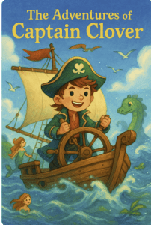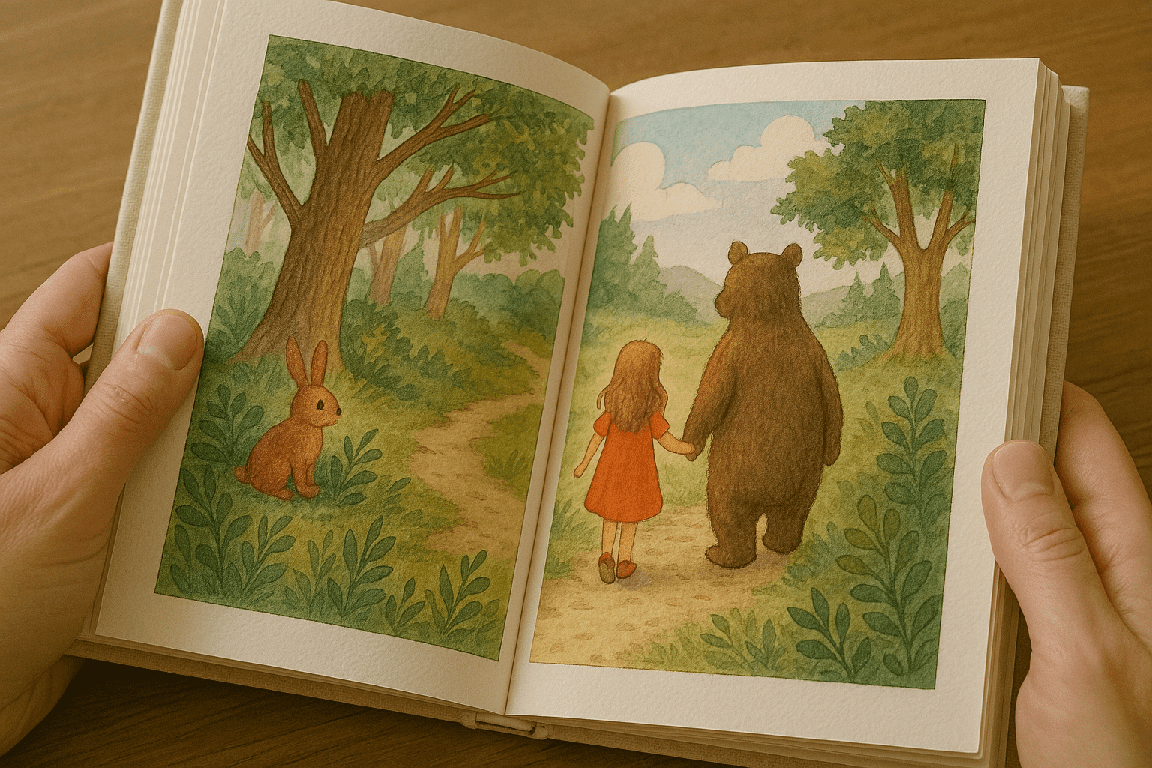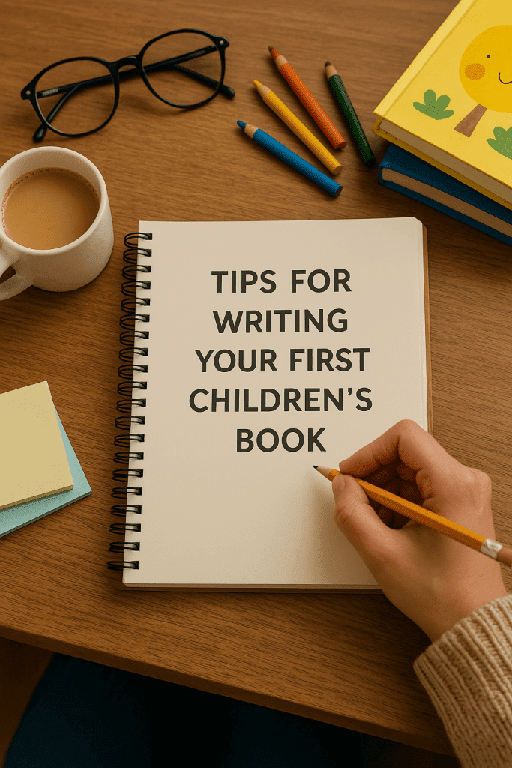My dear friends, as I sit here in my study, surrounded by shelves of well-worn personalized children’s books, I cannot help but marvel at how the simplest splash of color can transport a young mind into realms of wonder. Much like the wardrobe that led to Narnia, colors serve as doorways to emotional landscapes in children’s literature.
The Language of Colors in Children’s Book Ideas
Consider, if you will, the moment when a child first opens a personalized book crafted especially for them. The warm yellows that dance across the page like summer sunshine, or the deep blues that whisper tales of midnight adventures. These are not mere accidents of pigment, but rather carefully orchestrated symphonies that speak directly to the young heart.

Creating Emotional Resonance Through Color
In my years of observing children interact with their books, I’ve noticed how the best personalized children’s books employ color with the precision of a master painter. A frightened protagonist surrounded by soft, comforting pastels helps young readers process their own fears. Meanwhile, vibrant reds and oranges can ignite the excitement of adventure, much like the flame of Aslan’s breath warming cold stone.
Modern Marvels: How to Illustrate a Children’s Book with AI
While some may approach the notion of using AI in children’s book illustration with trepidation, I find it rather like discovering a new kind of magic. These tools, when wielded with wisdom and heart, can help create children’s book templates that maintain the warmth of human creativity while expanding our capabilities for personalization.
The Balance of Technology and Tradition
Creating a children’s book using AI need not diminish the soul of storytelling. Rather, like the lamp-post in a snowy wood, it can illuminate new paths while preserving the timeless elements that make stories meaningful. The key lies in understanding how colors affect our young readers’ hearts, regardless of how those colors find their way to the page.
Practical Applications for Parents and Educators
When selecting or creating books for children, consider these principles:
- Use calming blues and greens for bedtime stories
- Incorporate bright, energetic colors for adventure tales
- Balance contrast to maintain visual interest
- Allow white space for emotional breathing room
The Journey Forward
As we venture further into this brave new world of storytelling, let us remember that whether we craft our tales with traditional brushes or digital tools, the true magic lies in how colors speak to the child’s imagination. For in the end, the most powerful stories are those that paint not just pages, but memories in the hearts of our young readers.
And so, dear friends, as you embark on your own adventures in children’s literature, whether as parents, educators, or creators, remember that colors are not just decorative elements but powerful allies in the grand quest of nurturing young minds and hearts.




